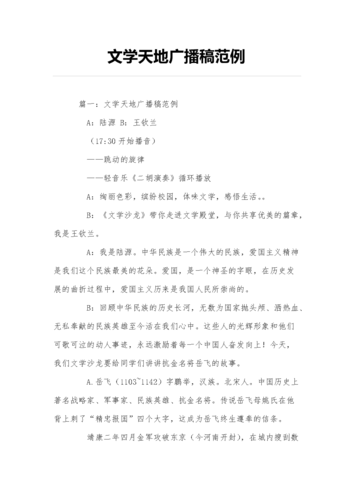Title: Excelling in English Studies
In the realm of English studies, proficiency in Excel can be a surprising yet valuable asset. While Excel is typically associated with numerical data and business applications, its versatility extends to the realm of literature, linguistics, and academic research. Let's explore how Excel can be leveraged effectively in various aspects of English studies.
1. Text Analysis:
Excel provides powerful tools for text analysis, making it invaluable for literary scholars and linguists alike. By importing texts into Excel, researchers can perform various analyses, including:
Word Frequency Analysis:
Excel's formulas can quickly calculate word frequencies, enabling researchers to identify prominent themes, motifs, or linguistic patterns within a text.
Concordance Analysis:
Through sorting and filtering functions, Excel can generate concordance tables, displaying instances of specific words or phrases along with their context. This aids in close reading and textual interpretation.
Sentiment Analysis:
Utilizing Excel's conditional formatting and sentiment analysis tools, researchers can assess the emotional tone of texts, facilitating studies on authorial style or reader response.2. Comparative Studies:
Excel simplifies comparative studies by facilitating sidebyside analysis of multiple texts or literary works. Researchers can:
Create Comparative Tables:
Excel's spreadsheet format allows for the creation of comparative tables, enabling researchers to juxtapose textual features, thematic elements, or linguistic characteristics across different works.
Visualize Data:
With Excel's charting capabilities, researchers can visually represent comparative data through bar graphs, pie charts, or scatter plots, enhancing the clarity of their findings.3. Academic Writing and Research:
Excel streamlines various aspects of academic writing and research in English studies:
Data Organization:
Excel serves as a centralized platform for organizing research data, bibliographic information, and manuscript drafts, promoting efficient workflow management.
Citation Management:
Excel's functions can assist in managing citations, tracking sources, and generating bibliographies, simplifying the citation process for scholarly writing.4. Language Teaching and Learning:
In language teaching and learning contexts, Excel offers innovative approaches for curriculum development, assessment, and student engagement:
Vocabulary Acquisition:
Excel's flashcard templates and sorting functions can facilitate vocabulary acquisition exercises, allowing educators to create customized learning materials tailored to students' proficiency levels.
Language Assessment:
Excel enables educators to design and administer language proficiency tests, track students' progress, and analyze assessment data to inform instructional practices.Guidelines for Excelling in English Studies with Excel:
1.
Master Excel Basics:
Familiarize yourself with essential Excel functions, such as sorting, filtering, and formula writing, to harness its analytical potential effectively.2.
Tailor Excel to Your Needs:
Adapt Excel's features to suit your specific research objectives or pedagogical goals, exploring advanced functionalities as needed.3.
Embrace Collaboration:
Excel facilitates collaborative research and teaching efforts through its sharing and version control features, promoting interdisciplinary dialogue and knowledge exchange.In conclusion, Excel serves as a versatile toolset for enhancing various facets of English studies, from textual analysis and comparative research to academic writing and language instruction. By harnessing Excel's capabilities creatively and purposefully, scholars, educators, and students can elevate their engagement with English language and literature to new heights.









